What’s
your beef?
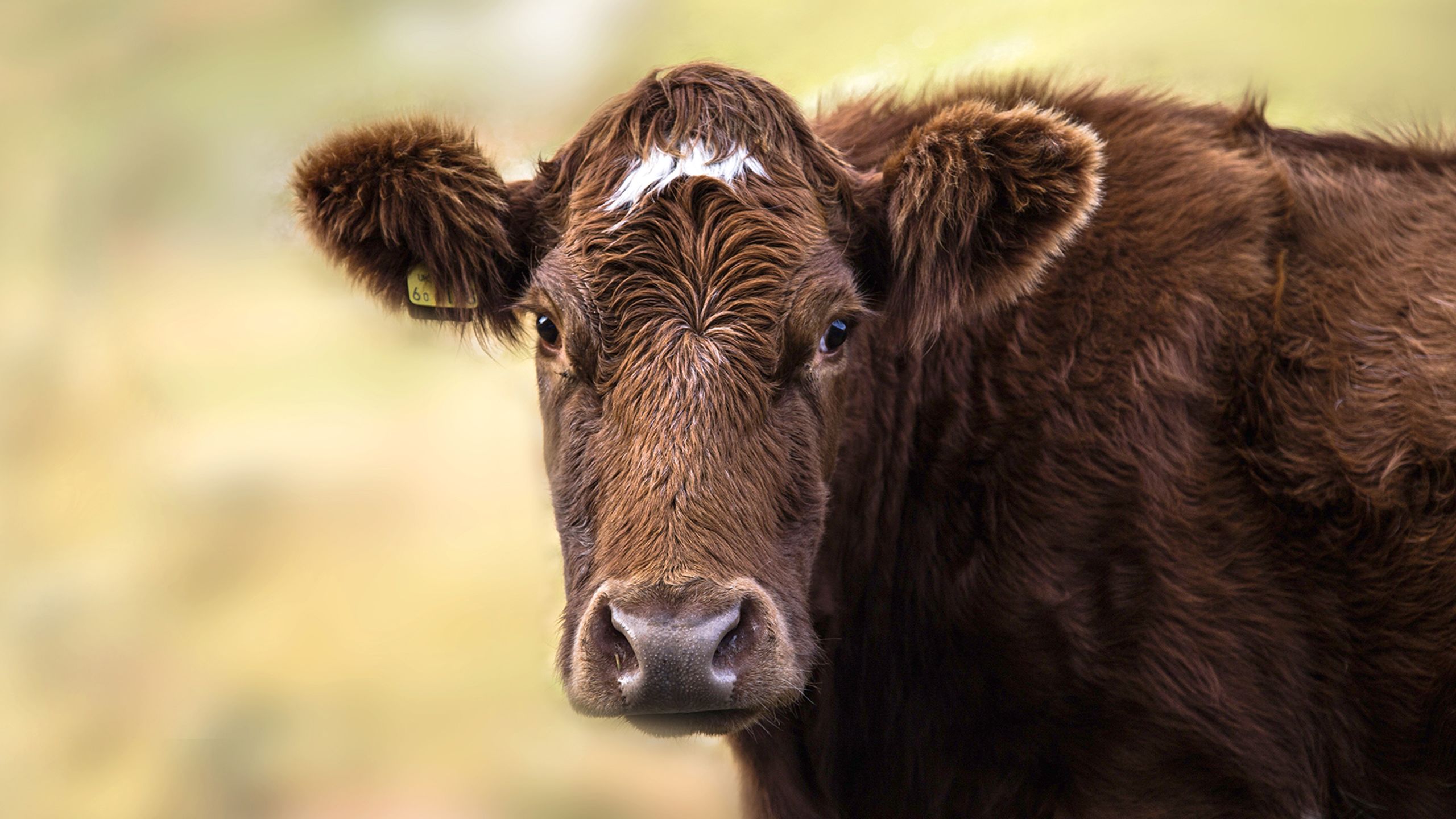
Britain is a nation of beef eaters – the French even nicknamed us les rosbifs. This could all change if environmentalists, concerned by the climate impact of the meat industry, get their way. Yet while the evidence may be clear, driving more widespread change is far from straightforward: the proposition of eating less beef and lamb is fuelling heated debate. Would it really be such a good thing? And if so, why can’t - or won’t - many people stop eating it?
“We Britons have been champions of eating beef since before the 18th century,” says Lesley Steinitz, in the University’s Faculty of History. “Beef was a symbol of Britishness – it was thought to be one of the reasons for Britain’s economic and military power. The literature is full of accounts of beef making men hot-blooded and aggressive, but also strong and brave.”
Steinitz takes a historical perspective to understand why eating beef is so deeply ingrained in British culture. “Along with wars in the 18th century, growing populations made food supply a particular concern,” she says. “Interest turned to cattle breeding, and it became fashionable among rich landowners and aristocrats to breed enormous cattle. They were ridiculous animals, and no good to eat because they were so fatty. But this was important in symbolising British superiority, and the cattle themselves became a metaphor for strength and power.”
By the late 19th century, nutritional chemists began to advise the British population that protein was the most important component of their diet, and that meat was the best source of protein available – a perception that still persists widely today.
“There were growing anxieties in the 19th century that the British population was becoming mentally and physically weaker, and that this would have dire consequences on the country’s ability to keep its control over the Empire,” says Steinitz. “Eating beef was seen as an answer.”
One of Steinitz’s research interests is Bovril, the late 19th century ‘health food’. “It was basically fluid beef that people could afford. As disgusting as that sounds, it was really attractive to people.”
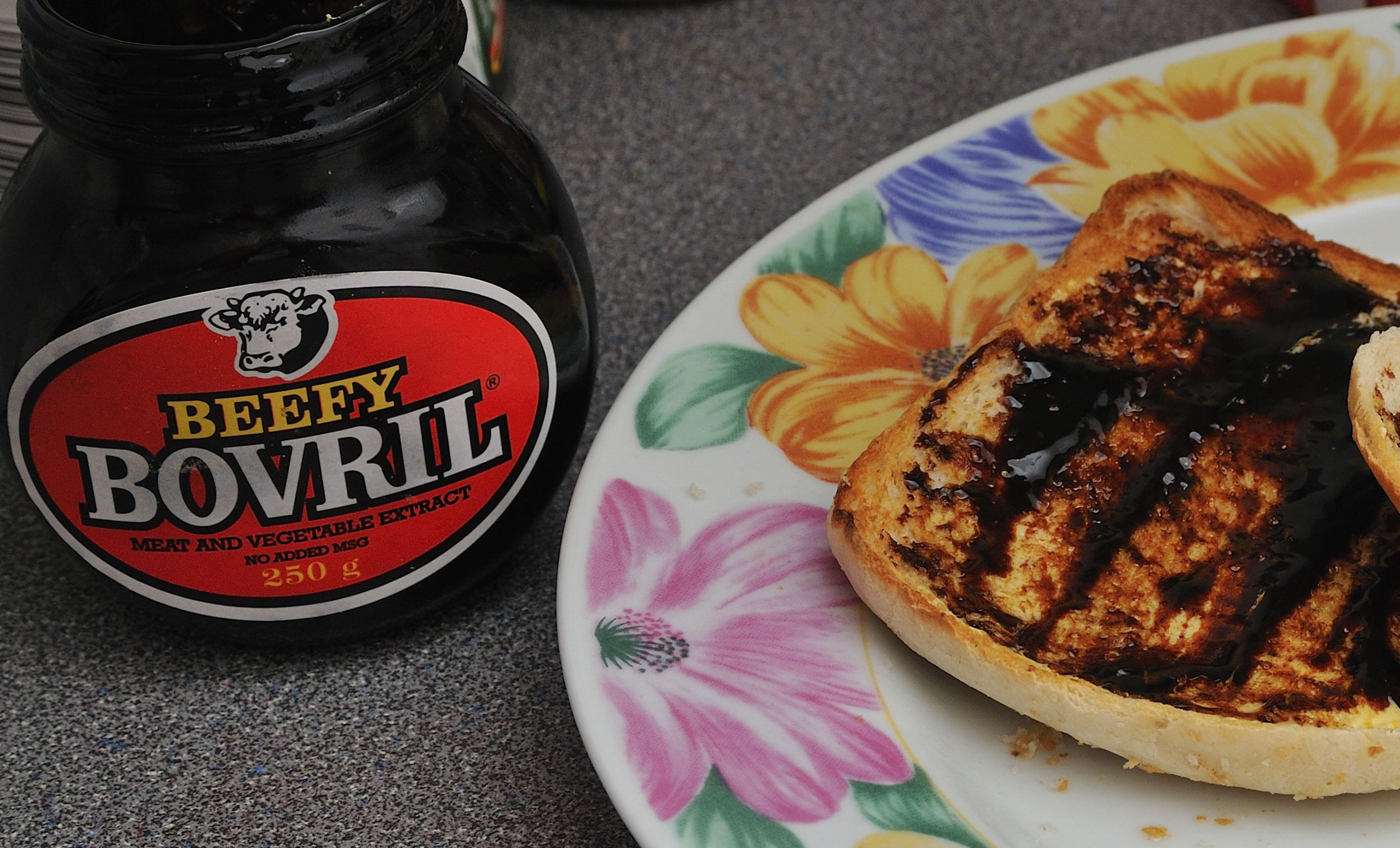
Bovril on toast. Credit: Chris Bloom on Flickr
Bovril on toast. Credit: Chris Bloom on Flickr
Bovril’s advertising campaigns built on the earlier ideas of beef as the ultimate symbol of Britishness: patriotism, braveness, and power. “What could be more alluring?” asks Steinitz of the Bovril advert depicting a huge, powerful bull stepping up to the war effort. “The message was that meat made muscle, and all of the virtues that went with that. No wonder we can’t stop eating the stuff.”
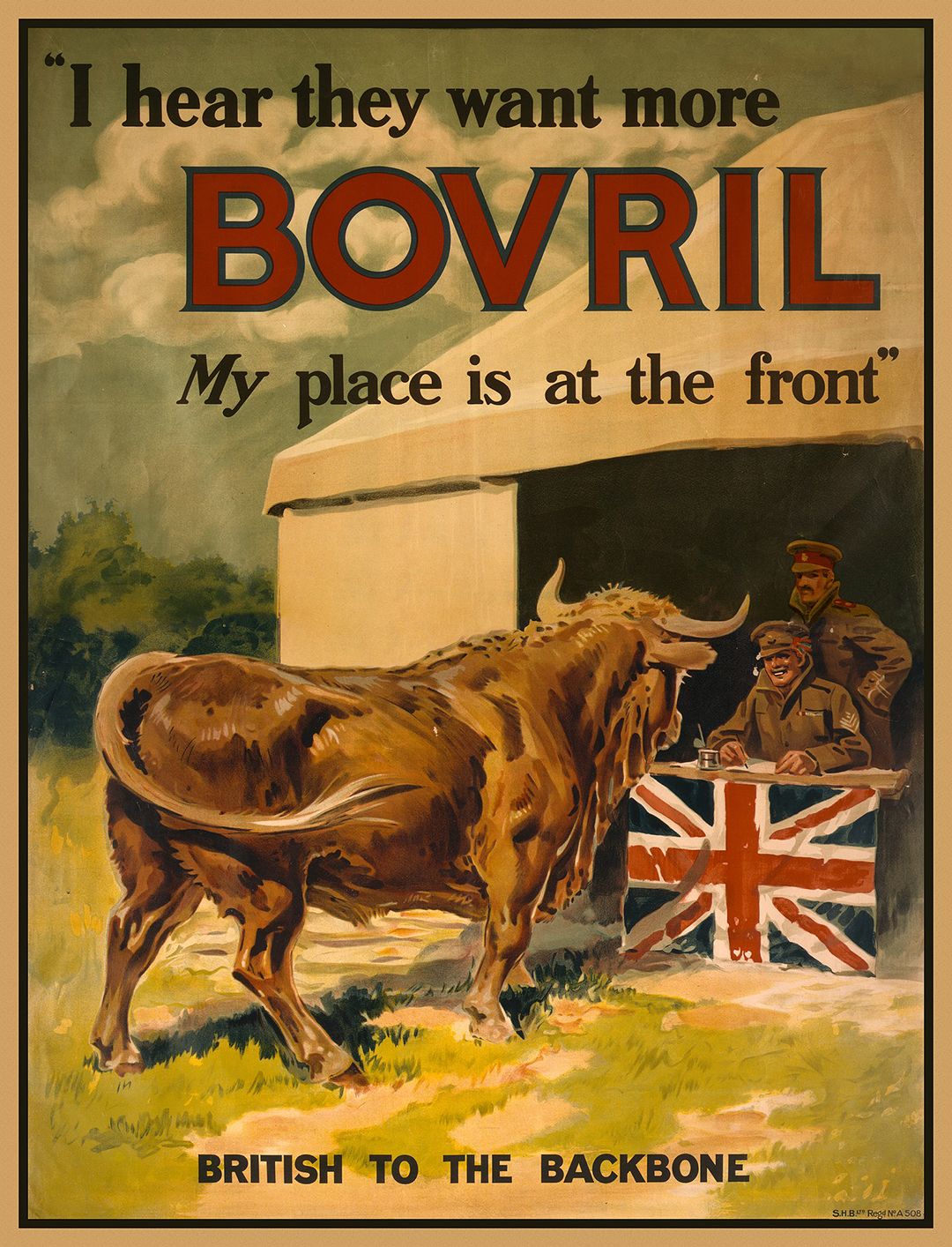
World War I Bovril poster. Credit: Library of Congress
World War I Bovril poster. Credit: Library of Congress
Beef consumption, in all its forms, was promoted to the 19th century Britons with such success that demand for meat grew. Developments in global transportation and refrigeration techniques allowed meat to be shipped globally. Cattle ranches were developed in South America and they grew into the vast beef industry we see today. The environmental impact of this industry can be devastating, requiring widespread clearance of pristine rainforest, both as land for cattle and to grow crops for animal feed.

Man-made forest fires in the Amazon. Credit: Victor Moriyama, Greenpeace
Man-made forest fires in the Amazon. Credit: Victor Moriyama, Greenpeace
“We are currently losing around nine million hectares of forest per year globally, and around 60% of that - equivalent to almost twice the size of Belgium - is connected to meat production,” says Dr Pablo Salas, a researcher in Cambridge’s Institute for Sustainability Leadership.
While the cattle industry is one of the main causes of the forest fires seen in Brazil over the past year, the demand for soybeans is also driving the clearance of more land. Soybeans are the single most traded agricultural commodity on the planet, says Salas. “The trade in soybeans from Brazil to China alone is a market worth over $20 billion per year.”
As economic standards in China rise, diets are changing and the consumption of meat, particularly pork, is rising. This shift to meat-eating was experienced in Western countries in the past. And while the land in China is not particularly suitable for producing soybeans to feed the pigs, Brazil has vast amounts of land that is ideal.
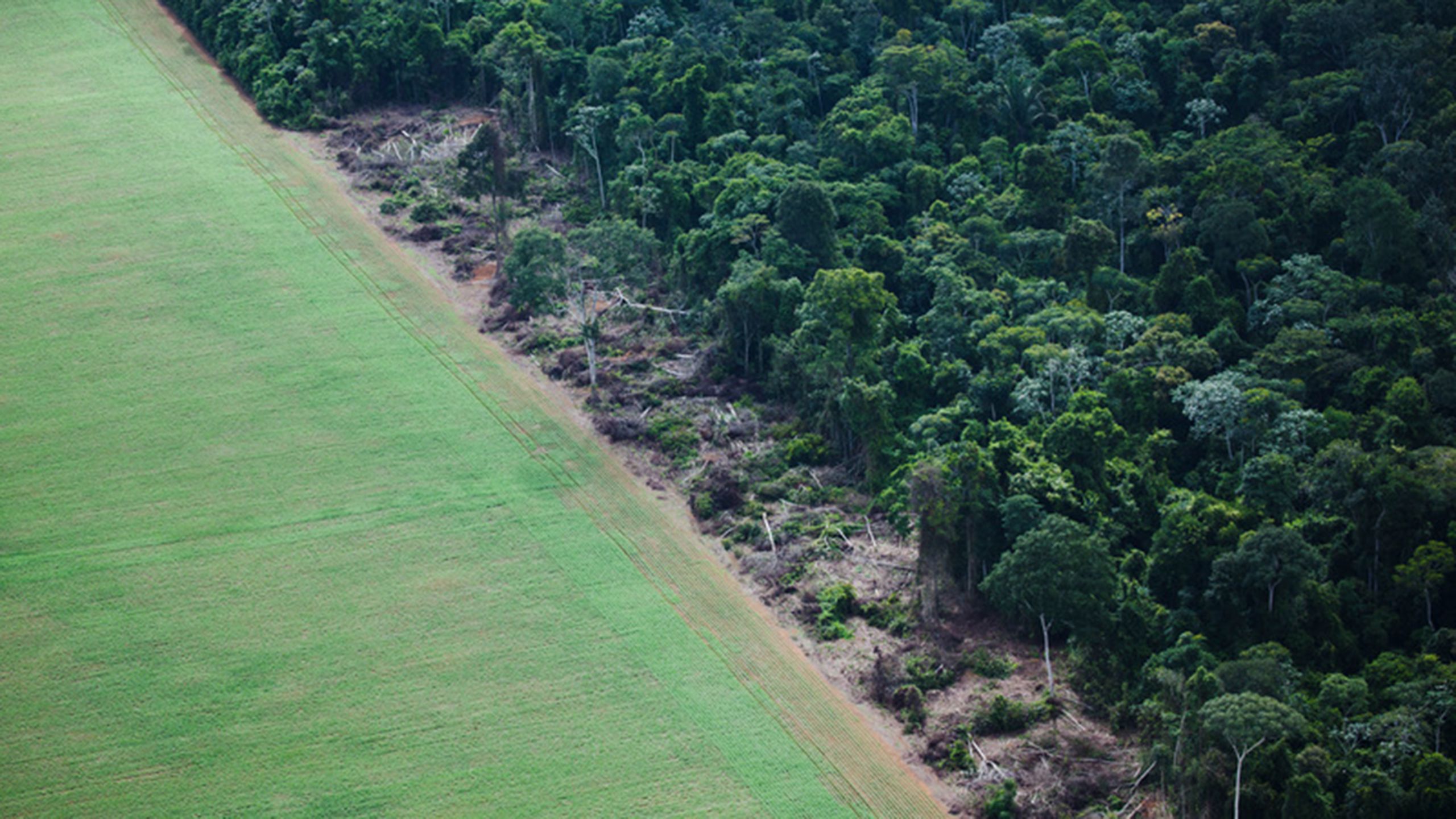
Soy field on deforested area of the Amazon. Credit: Daniel Beltrá, Greenpeace.
Soy field on deforested area of the Amazon. Credit: Daniel Beltrá, Greenpeace.
“Soybean producers buy land from cattle ranchers in Brazil, so when the cattle industry needs to expand, more forest has to be cleared,” says Salas. “This indirect land use change is a complex chain of events, in which cultural and economic changes in one part of the world have a completely different impact on a very different part of the planet.” These impacts are not easy to tackle - for local policy-makers in Brazil to treat the issue as a local phenomenon is to miss a big part of the picture.
Salas’ research looks at the links between food, water and energy in the context of climate change, with a particular focus on Brazil. With meat clearly at the centre of these links, he says, it is important to understand the complex story behind the food we choose to eat. “I’m not here to tell people what they can or can’t eat,” he says. “But it’s important to understand the consequences of what we do, so we can make informed choices.”
Bringing the focus back to British beef, James Wood has a very different perspective on the production of beef and lamb. He is Alborada Professor of Equine and Farm Animal Science in Cambridge’s Department of Veterinary Medicine, of which he is also Head, and a scientific advisor for the government’s Department for Environment, Food and Rural Affairs (DEFRA) – which itself is working to move towards a carbon neutral economy.
“There is fairly clear evidence that around 10% of the contribution that Britain makes to climate change comes from agriculture,” says Wood, “and actually quite a lot of that comes from methane produced by ruminants. It’s basically the cows and sheep burping methane because of the way they digest their food.”
Wood agrees with Salas on the importance of understanding the global context for beef production in terms of climate impact. But he says it is also important to look at things from a more local perspective. “In contrast to land used for beef production in Brazil and China, a lot of ruminant production in the UK is on grassland in upland areas, where the poor soils aren’t suitable for other types of farming, so treating one hectare of land in Brazil the same as one hectare in western Scotland is a gross oversimplification."
Choosing to support beef and lamb production in Britain has many positive impacts, and this begins to explain the intensity of debate around the issue. Upland hill farming has shaped large swathes of the landscape, including the Highlands of Scotland and the Lake District – so-called ‘natural’ environments that millions of people enjoy visiting every year. It underpins local economies and local communities living in remote and upland areas.
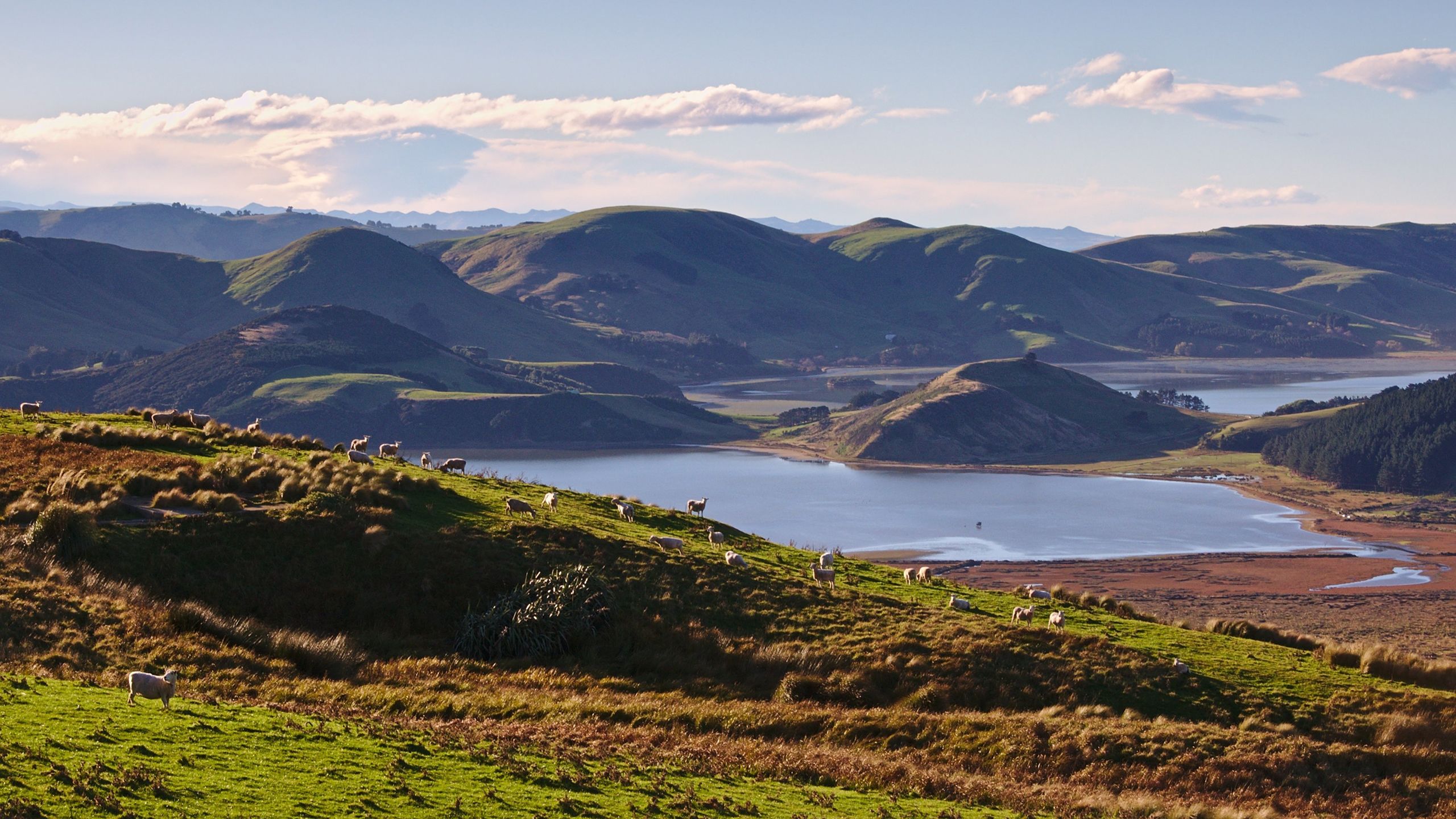
Upland sheep in the UK
Upland sheep in the UK
“Some people say that we should be growing forest in these areas instead, which would make a positive contribution to addressing climate change by taking carbon dioxide out of the atmosphere,” says Wood. “But I think that's an oversimplified approach to things. If we are to move away from ruminant production, and clearly there is an argument for this, then in Britain we can expect to see big changes to the landscapes we love. If we want to sustain these landscapes, then we need to think about ways of continuing to support farming practices in some of these local economies.”
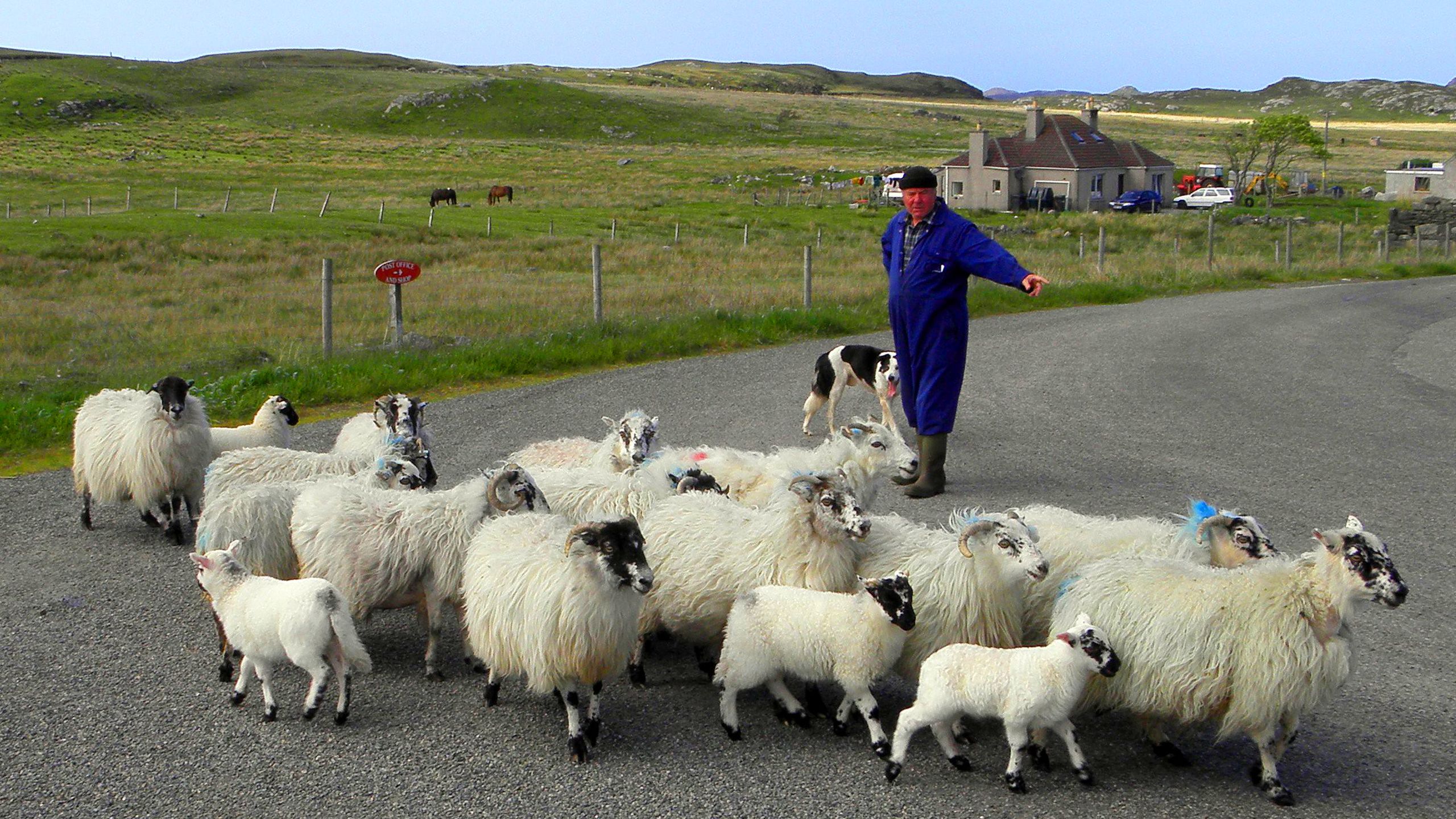
UK hill farmer
UK hill farmer
The Committee on Climate Change, which provides independent advice to UK government, recommends that up to 1.5 million hectares of new woodland are planted by 2050 to store carbon, alongside a 26-36% reduction in grasslands and rough grazing, in order to meet the UK’s goals for addressing climate change. The Paris Agreement to limit average global temperature increases to between 1.5°C and 2°C includes reforestation targets, and recent research estimates that to meet these, Europe needs to both increase farmland productivity and reduce meat consumption.
As reported recently, the University of Cambridge’s Sustainable Food Policy includes the removal of ruminant meat from menus in all 14 of its catering outlets, in measures aimed at reducing carbon emissions. However, the National Farmers Union says there has not been enough discussion about the potential to source only locally and sustainably produced ruminant meat.
Both Wood and Salas think that a more widely acceptable long-term solution will require a combination of technological developments, market-based incentives, information campaigns and policy change. Ongoing research is finding ways to reduce the amount of methane produced by grass-fed cows and sheep, for example, through a vaccine against certain gut microbes. Taxes can be effective in reducing consumption, as evidenced by alcohol and tobacco. Steinitz’s historical perspective indicates that the way foods are advertised can have a huge influence on dietary choices.
All three researchers agree that it takes multiple perspectives to understand the wide-ranging arguments for or against eating beef and lamb. “We’ll never find a ‘one-size-fits-all’ approach - the solution has to be far more complex,” says Wood. “I think there is scope for addressing things at a global level, while simultaneously allowing local practices to be sustained when they are really beneficial.”
This interdisciplinary conversation was part of a series in the ‘Objects’ project led by Dr Inanna Hamati-Ataya, Founding Director of the Centre of Global Knowledge Studies, in collaboration with the Cambridge Global Food Security Interdisciplinary Research Centre. The project is assembling small groups of researchers, with wide-ranging expertise, to discuss objects relating to global food security.
Additional photo credits: Cow on moor by Milada Vigerova on Pixabay


